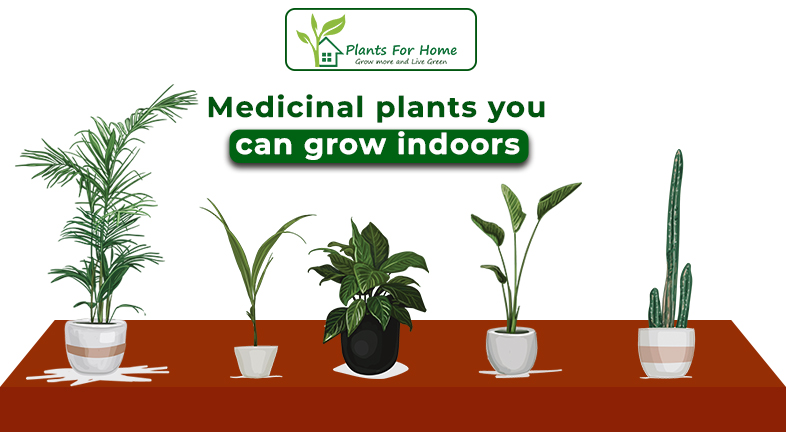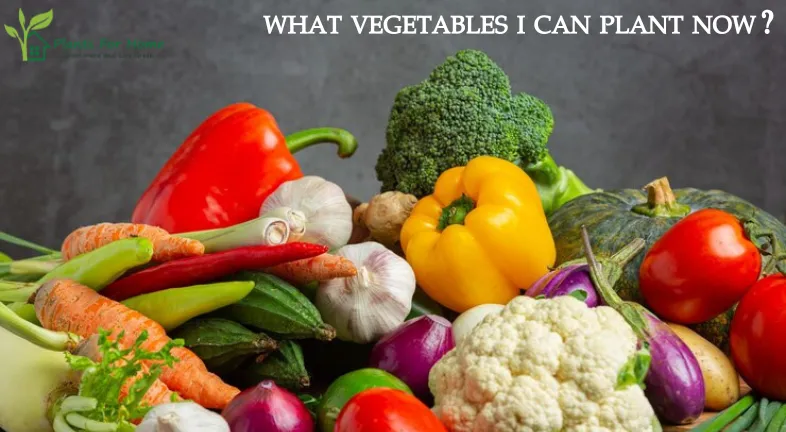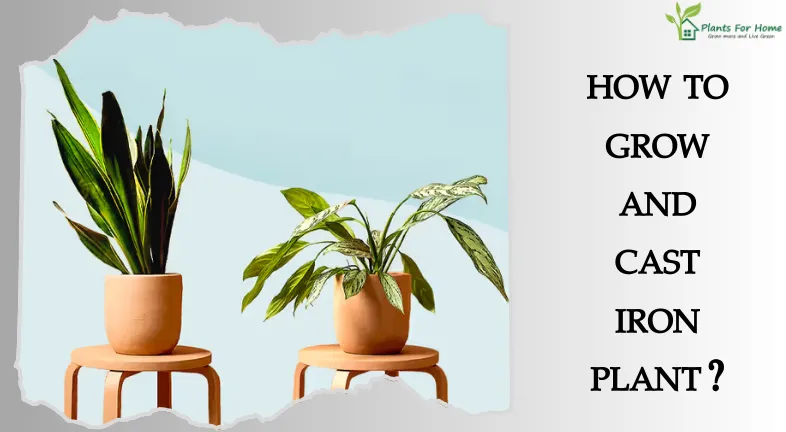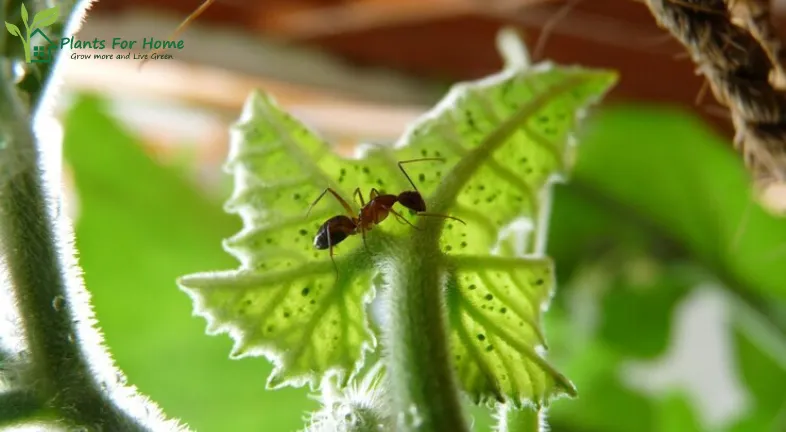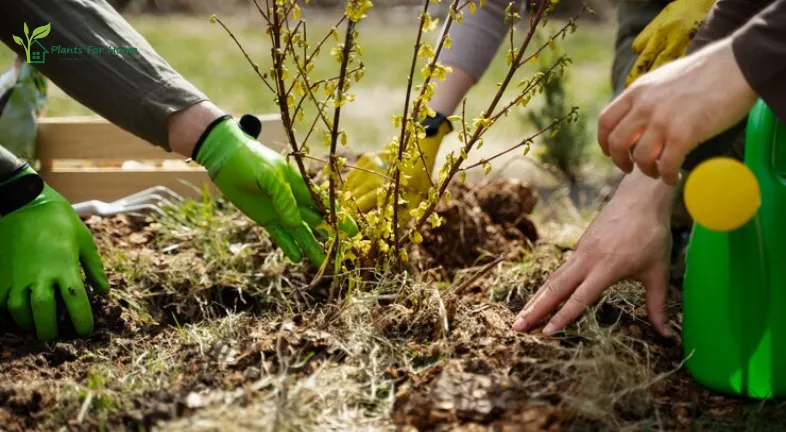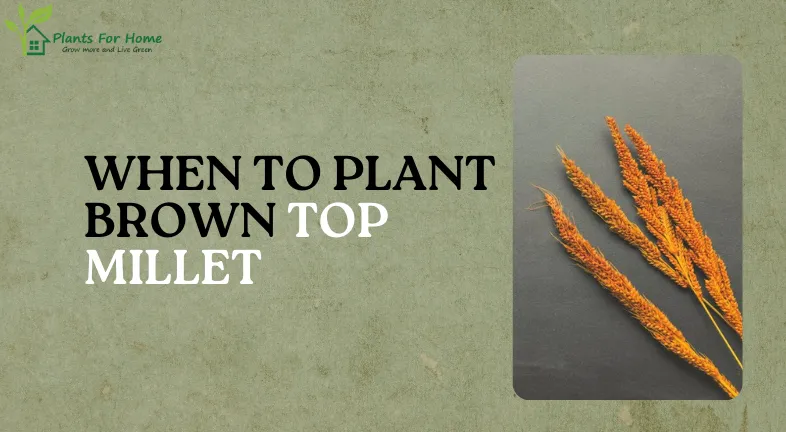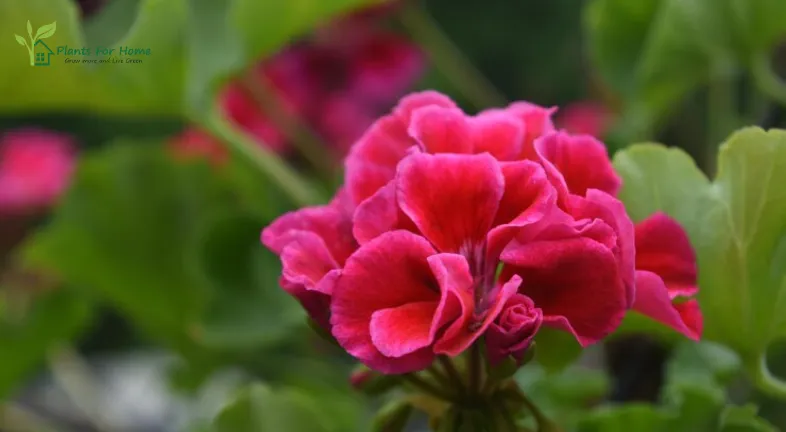CAN LETTUCE AND SPINACH BE PLANTED TOGETHER?
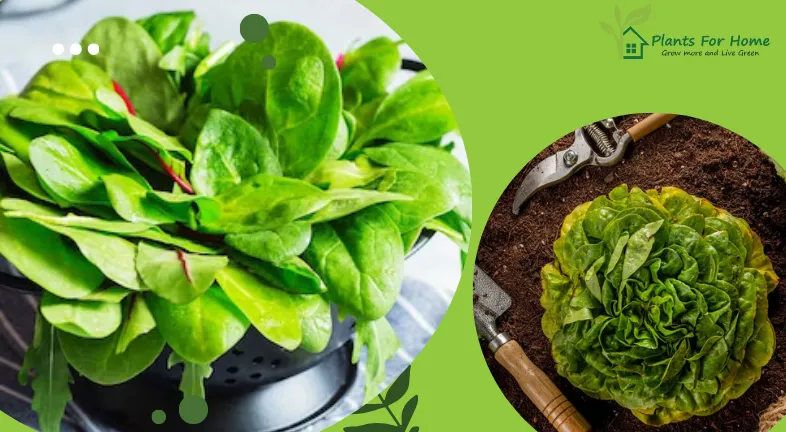
Leafy Companions: Discovering Lettuce and Spinach’s Compatibility in Your Garden A common query from amateur gardeners looking to create a colorful and fruitful plot is what companion planting is. In order to maximize the benefits of their mutual presence, various plant kinds are deliberately placed close to one another in this technique. Popular leafy greens like spinach and lettuce make excellent companion plants. This thorough guide explores the suitability of lettuce and spinach together.
The Companion Planting Myth:
There are several possible advantages to using companion planting in your landscape. Enhanced Growth: Some plants have the ability to provide favorable microclimates for their friends. For instance, taller plants may shade kinds that are sensitive to the sun.
Better Pest Control: Certain plants offer qualities that draw beneficial predators or repel insects, resulting in a more harmonious environment in your garden.
Effective Use of Space: By carefully utilizing vertical space or selecting crops that develop at different times, companion planting lets you make the most of the amount of space in your garden.
Are Lettuce and Spinach a Leafy Heavenly Match?
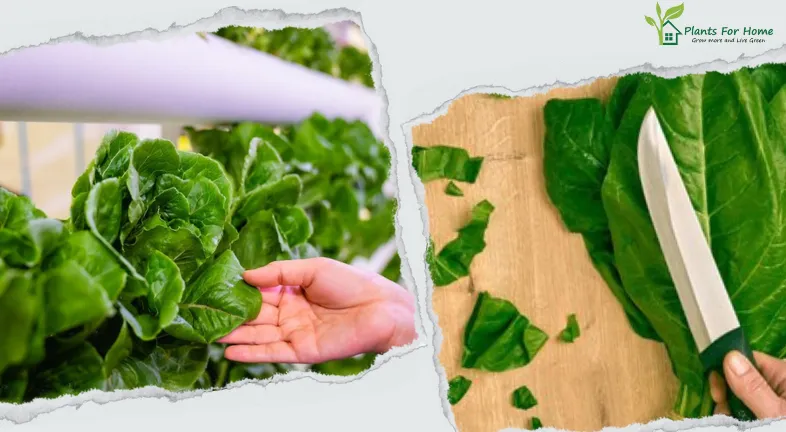
The good news is that there are several reasons why lettuce and spinach make great companion plants.
Similar Growing Requirements: 45°F to 70°F (7°C to 21°C) is the best temperature range for lettuce and spinach, both of which grow well in cool weather. They also favor similar soil types that are rich in organic matter and have good drainage.
Shared Light Requirements: Lettuce and spinach demand a modest amount of light. When planted together, they make the best use of the sunshine, with the taller lettuce varieties shading the spinach, which grows more slowly.
Sharing of Nutrients: As a shallow feeder, lettuce doesn’t need a lot of soil nutrients. This eliminates competition for spinach, a heavy feeder, to get the nutrients it requires.
area Optimization: You can make effective use of the available area in your garden bed by planting lettuce (which grows taller) and spinach (which grows lower). In between spinach rows, you can plant lettuce kinds with looser head forms.
Possibility of Pest Deterrence: Some lettuce cultivars, especially those with fragrant leaves, may be able to keep away certain pests that could cause problems for spinach.
Considering Planting Spinach and Lettuce Together
Although spinach and lettuce go well together, there are a few things to consider: Maturity Dates: Take into account when your selected varieties of spinach and lettuce will reach maturity. The quicker-growing lettuce shouldn’t cover the spinach before it reaches maturity. For best results, select cultivars that mature about the same time.
Planting Sequence: You can either plant lettuce and spinach at the same time or space them out based on when you would like to harvest them. If planting in stages, sow the lettuce seeds a few weeks ahead of the spinach.
Choice of Variety: There are three different head forms for lettuce: butterhead, romaine, and loose-leaf. Select cultivars that will not crowd the spinach. Companion lettuce cultivars with loose leaves are a nice option.
Growing and Taking Care of Spinach and Lettuce Together:
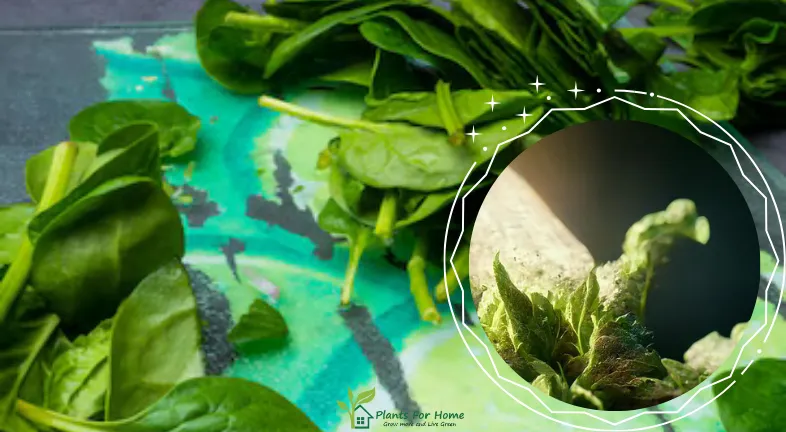
The following is a simple how-to for growing and maintaining spinach and lettuce as companion plants:
Pick a Good Spot: Look for a spot with well-draining soil that gets at least 6 to 8 hours of sunlight per day.
Get the Soil Ready: Use aged manure or compost to promote drainage and add vital nutrients to the soil.
Planting: Directly sow seeds in the garden bed, leaving space between each kind of lettuce and spinach as advised. It is possible to sow lettuce seeds in rows with spinach seeds interspersed. Watering: Give your spinach and lettuce a good wash every few days, especially in the dry months. The soil should always be somewhat wet but not drenched.
Harvesting: When your spinach and lettuce are fully grown, harvest them. When the lettuce head is fully grown, you can harvest it by pulling off the individual outer leaves as needed. You can harvest spinach by chopping off whole plants at ground level or by thinning them.
CONCLUSION:
As great companion plants, lettuce and spinach provide an abundance of fresh leafy greens for your table. Through comprehension of their complementary growth needs and taking into account the previously mentioned aspects, you may nurture these green partners in your garden with success, optimizing your yield and fostering a flourishing ecology in your vegetable patch.

